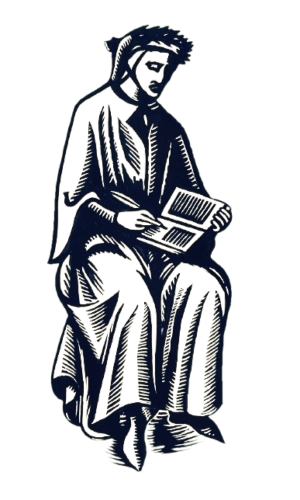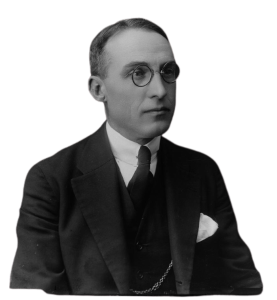Introduction

Dante Alighieri (1265-1321) is one of the greatest authors in the history of world literature. He is best known for having written the Divine Comedy, a founding work of Western culture, alongside Homer’s Odyssey and Virgil’s Aeneid. The Commedia (as it was originally called: the adjective ‘divine’ was added by Boccaccio) is a first-person account of a journey to the afterlife – Inferno or Hell, Purgatory and Paradise – that is, in fact, a portrait of all humankind. In it, Dante brings together, in terza rima – interlocking three-line stanzas called tercets consisting of hendecasyllabic or eleven-syllable lines – and the most beautiful poetry, all the knowledge and topical themes of his time. A universal tale, the work continues to speak to readers even today, seven centuries later. Proof of the current interest in Dante – not only in the Divine Comedy, but also La Vita Nuova (The New Life) and others works by him – can be found in the large number of translations and annotated editions still being published, a small number of which are on display in this exhibition.

Ramon d’Alòs-Moner i de Dou (1885-1939), PhD in humanities, librarian and scholar, was a renowned Dantist. The Alòs-Moner collection, donated to the Pompeu Fabra University Library in 2010, consists of some 13,000 volumes, the vast majority of which deal with humanistic subjects, especially literature and literary criticism. Much of the scholar’s library was specialized in the work and study of three authors: Arnau de Vilanova, Ramon Llull and, above all, Dante Alighieri. D’Alòs-Moner was a collector and bibliophile: his collection contained around 1,000 copies of old books (from the 16th to the 19th century) and special editions, including rare editions of the Divine Comedy.
Portrait of the librarian and scholar Ramon Alós. Author: Mariné Vadalaco, Amadeu. Source: Arxiu Fotogràfic de Barcelona
The bibliographic tour has three parts:
- Facsimiles of the Divine Comedy: The Library/CRAI has three gorgeous facsimiles of three different mediaeval manuscripts of the Divine Comedy, all quite valuable from a bibliophilic perspective.
- The Alòs-Moner collection: As a Dantist, Ramon d’Alòs-Moner dedicated part of his library to the study and work of Dante Alighieri (annotated philological editions, bibliographies, contemporaneous periodicals, etc.). It also contained bibliographically valuable pieces: in the case of Dante’s work, it includes a collection of translations of the Divine Comedy – in particular, although also of other works by Dante, such as La Vita Nuova (The New Life) or Le Rime (Rhymes) – into different languages.
- Contemporary translations of Dante Alighieri: The Dante collection has been enriched over time with additional contributions and currently includes a large selection of contemporary translations of the Florentine poet’s work.
